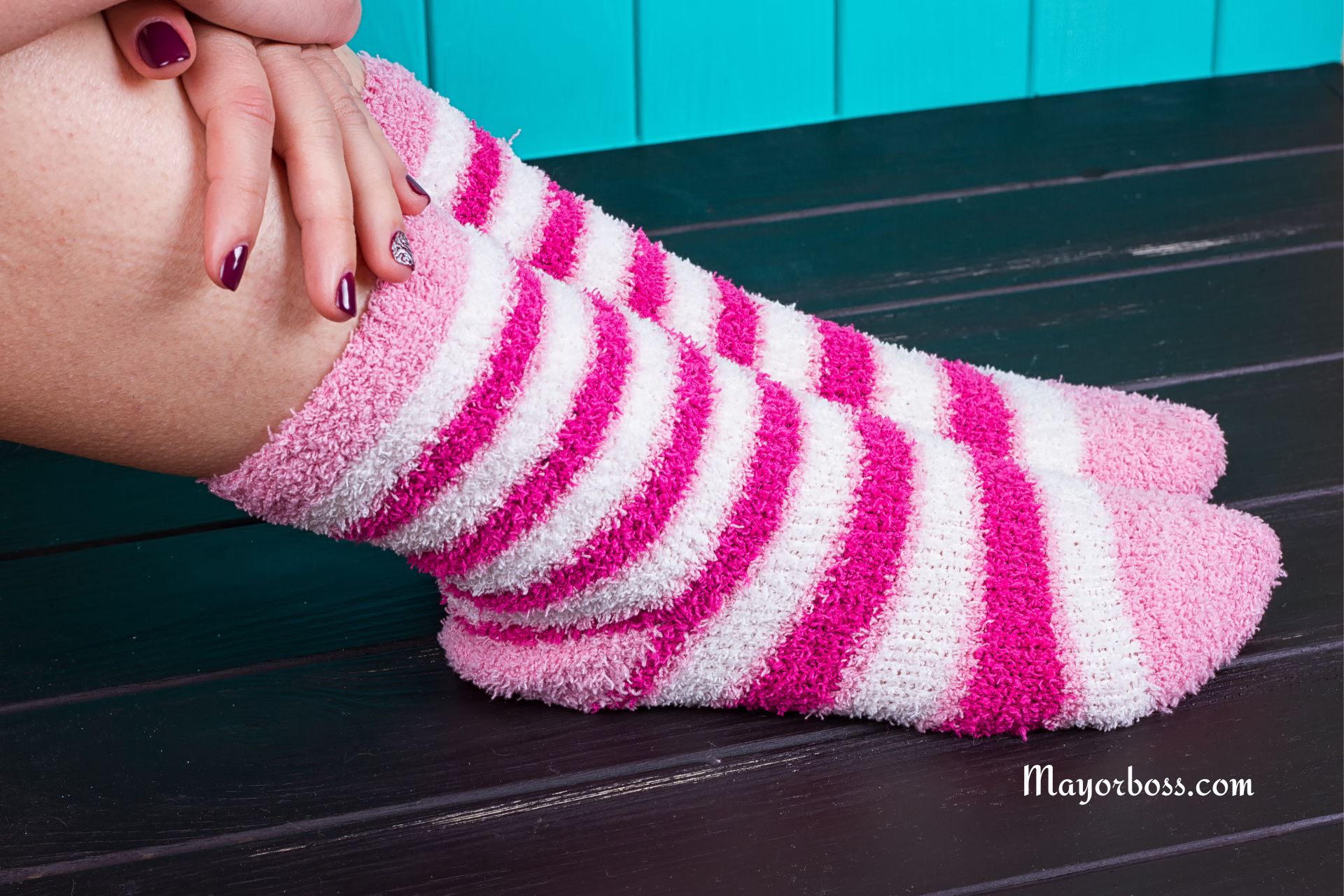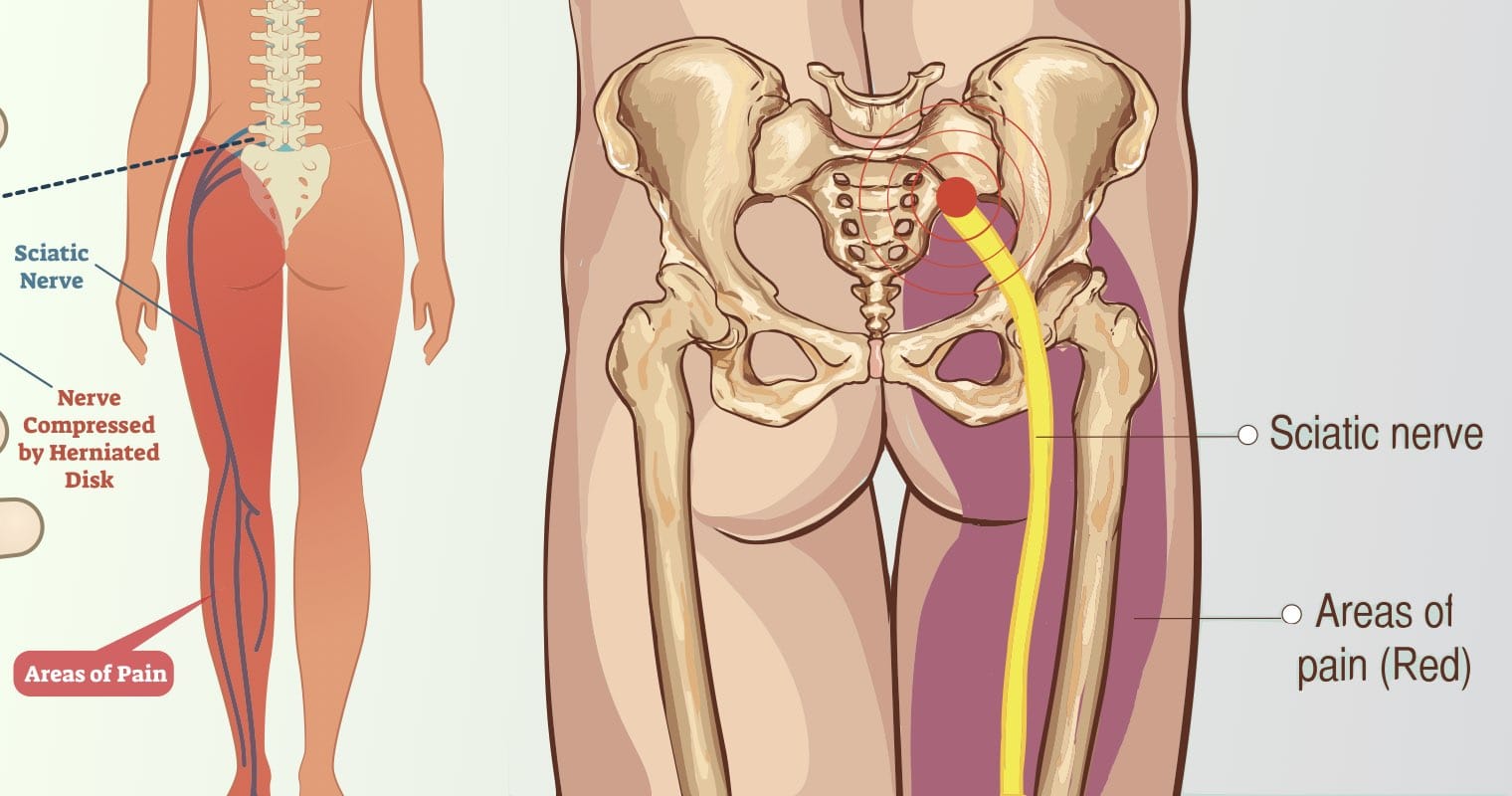Don’t Ignore Sock Marks! They Could Signal These 5 Serious Issues
Have you ever noticed deep marks on your skin after taking off your socks? It might seem like a small thing, but actually, these impressions can sometimes be a clue that something bigger is going on with your health. Let’s take a closer look at what these sock marks might mean and why you should pay attention to them.

What Are Sock Marks?
When you pull off your socks at the end of the day, you might see indentations on your skin where the elastic has been. Usually, these marks are harmless and fade quickly. However, if they linger or are particularly deep, they could be hinting at underlying health issues.
5 Serious Issues Signaled by Sock Marks
1. Fluid Retention
One of the most common reasons for persistent sock marks is fluid retention, also known as edema. This happens when excess fluid builds up in your tissues, causing swelling. You might notice it because your socks leave behind deeper and more noticeable marks than usual. It often occurs in the legs, feet, and ankles and can be due to a variety of factors, including long periods of sitting or standing, high salt intake, and certain medications.
2. High Blood Pressure
Surprisingly, those same sock marks can also hint at high blood pressure. This condition makes your heart work harder to pump blood, which can lead to fluid retention. Over time, this increases the risk of heart disease and stroke, making it vital to keep an eye on persistent sock marks as a potential indicator.
3. Kidney Problems
Your kidneys help to regulate fluid balance in your body. If they’re not working properly, you might retain fluid, leading to noticeable sock marks. Kidney issues can stem from conditions like diabetes and high blood pressure, so it’s crucial to monitor any signs that might point to a problem.
4. Heart Failure
Heart failure doesn’t mean your heart stops; rather, it’s struggling to pump blood effectively. This struggle can cause fluid to build up in your body, particularly in your legs and feet, making sock marks more pronounced. It’s a serious condition that requires medical attention.
5. Vein Problems
Lastly, problems with the veins in your legs, such as varicose veins or chronic venous insufficiency, can cause fluid to pool in your legs. This leads to swelling and, you guessed it, deeper sock marks. These vein issues can be painful and might indicate a higher risk for circulatory problems.
Frequently Asked Questions
Why do sock marks appear more pronounced on some days?
The depth and persistence of sock marks can vary based on factors like how long you’ve been on your feet, the type of socks you wear, and your diet. High salt intake, for example, can lead to more noticeable marks due to fluid retention.
Can lifestyle changes help reduce the appearance of sock marks?
Yes, lifestyle changes can make a big difference. Reducing salt intake, staying active, elevating your legs when sitting for long periods, and wearing compression stockings can all help mitigate the issue.
When should I see a doctor about sock marks?
If you notice that the marks are deep, persistent, and accompanied by other symptoms like swelling, pain, or changes in skin color, it’s time to consult a healthcare professional.






